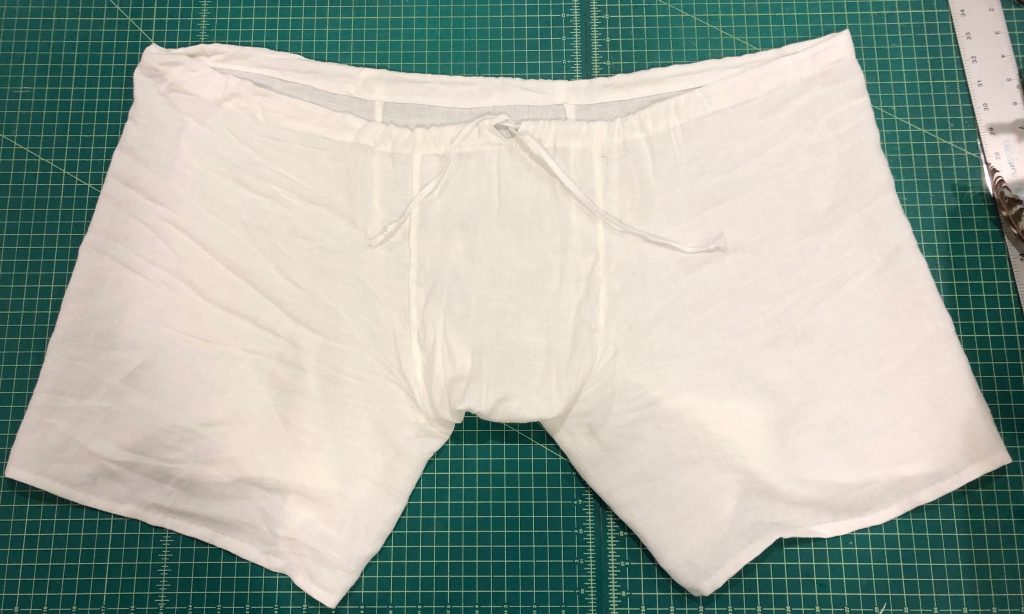I was jokingly asked recently, “What are the five easy steps to become a Laurel?” Never one to miss an opportunity, I gave a serious answer, though I failed to limit myself to five. Here I shall try to recreate that answer. I preface this with the disclaimers that this is all my own opinion of what I look for in a candidate, and opinions about such things are widely variable. This also very much reflects my experience in Meridies, and its applicability outside those borders may be imperfect.
Knights often use a metaphor of cups representing virtues that must be filled so that, once combined, they fill the bucket of Knighthood. I am going to appropriate and redefine that metaphor for my own uses. Before trying to define the cups, we must first define what exactly the bucket is. Here I point the reader to my old post “What is the Laurel?” In short, I define the Laurel as a recognition of an artisan’s ability to teach and guide others toward the goal of recreating and understanding historical arts and sciences. With that in mind, we can begin to look at the cups needed to fill that bucket.
Prowess
To be able to teach a thing, you must first be able to do the thing. It is not necessary to achieve the highest levels of mastery to be an effective Laurel, but you must have enough skill and experience in your chosen field to guide others down the path. An easy way to display prowess is by presenting your work at A&S faires. There are other opportunities to display, teach, and showcase your talents, but faires are unique in that Laurels are on hand as judges to give close attention and detailed feedback.
Knowledge
As our goal is not only to make and do things skillfully, but also to recreate and explore the historical arts and sciences, it is important for a Laurel to have deep knowledge of the tools, techniques, methods, and materials used by our forebears. There is always more to know, new subjects to explore, and fresh research to seek out and examine. An effective Laurel is never satisfied with what they already know; they are constantly on the lookout for opportunities to learn and reexamine the things they think they are sure of. Like prowess, this can also be put on display at A&S faires, as well as by teaching classes or publishing in print or online.
Teaching
Unsurprisingly, a job whose primary function is being a teacher requires some skill doing just that. Teaching is an entirely separate skill layered on top of whatever thing it is you actually want to teach about, and it doesn’t come naturally to everyone. There are many ways to teach: large classes, workshops, one on one mentoring, how-to videos, anything that allows you to pass your knowledge and skill along to others. It takes practice to get it right, and even a seasoned teacher will need a couple of test runs when they start teaching a new subject or aspect of one they’ve taught before. As a Laurel trying to judge a candidate’s teaching ability, it helps if at least some of that teaching is in a public setting.
Humility
Being able to put others before yourself is an important and often difficult thing. Teaching is about educating the students, not the brilliance of the teacher. Mentoring should focus on the person being lifted up, not the one doing the lifting. Willingness to re-examine what you think you know helps avoid perpetuating bad information. Admitting your mistakes helps you move past them. All of these things are important for someone who seeks to be in a position of respect and leadership.
Wordfame
A Laurel is a resource that should be available to anyone looking for knowledge and advice. Usually they are a “go-to” person in their field. However, people can only go to you if they know who you are and what you do. Humility is a virtue, but any virtue taken to an extreme is detrimental. Don’t hide your light under a bushel; make yourself and your work visible so people know that you’re willing and able to share. Both travel and a strong online presence are helpful tools for achieving this.
Engagement
The flip side of wordfame is knowing who else is out there. Laurels are inevitably asked questions about things they have no knowledge of, and at those times it is very useful to know other artisans you can redirect those questions to. You may also have an opportunity to promote someone else, or to put two people in touch who would benefit from the connection. Get out and meet people outside your group, outside your field, outside your kingdom. Know who the movers and shakers are, both artisans and otherwise.
Communication
While it is tempting to lock yourself away in your shop or studio and focus on your work, it is part of a Laurel’s job to be able to effectively communicate with others. As mentioned above, teaching, mentoring, and networking are all part of the job, and all of these require a proficient communicator. Knowing what to say, when, and how require as much practice as any other skill. Empathy and active listening will help you know when you need to change your tack. You will need to be able to encourage the timid, rebuke the unruly, and advise the unsure, all without causing more problems than you solve.
Leadership
All Peers are leaders in their field, and in the SCA as a whole. Look for opportunities to create, support, and promote communities. This might take the form of a group project, a guild, or an office. A good leader can make a community into something greater than the sum of its parts. A leader must inspire confidence and trust in those they want to lead. Build a track record of good stewardship and participation in communities that you value so that when a leader is needed you’ll be ready to step in.
Wisdom
“To speak and to be silent… to do and to let be.” Recognizing the right time and way to take action is a subtle but important trick. Sometimes the right thing to do is nothing, or to make space for someone else to act.
Franchise
I have written at length in the past about this subject, but my personal interpretation of Franchise is confidence in the fact that you are worthy of your station; essentially the opposite of impostor syndrome. It must be tempered with a healthy dose of Humility, but as a teacher and a leader it is important to have trust in yourself so that others can feel comfortable placing their trust in you as well.
In Conclusion…
All of the things I have mentioned are important, but it is not necessary to fill every cup to the brim to be a good Laurel. Some things that are easy for one person are difficult for another, or vice versa. Personal circumstances or the specifics of your art may make it hard to teach or display or travel. The “soft skills” of communication and leadership may be daunting for the introverted. It’s a lot for one person to take on, and it may take years to fill those cups. Take your time, ask for help and advice when you need it, examine why you may feel blocked in one or another aspect of growth. It’s also okay to look at the responsibilities that come with the wreath of the Laurel and decide it’s not something that you want to take on. When we look at candidates we not only consider value they would bring to the kingdom, but also the burden that they would have to bear and whether they would be able to bear it better with more time to hone all the varied skills that are required. If this is the path you want to take, know that we want you to get to the end of it as much as you do.

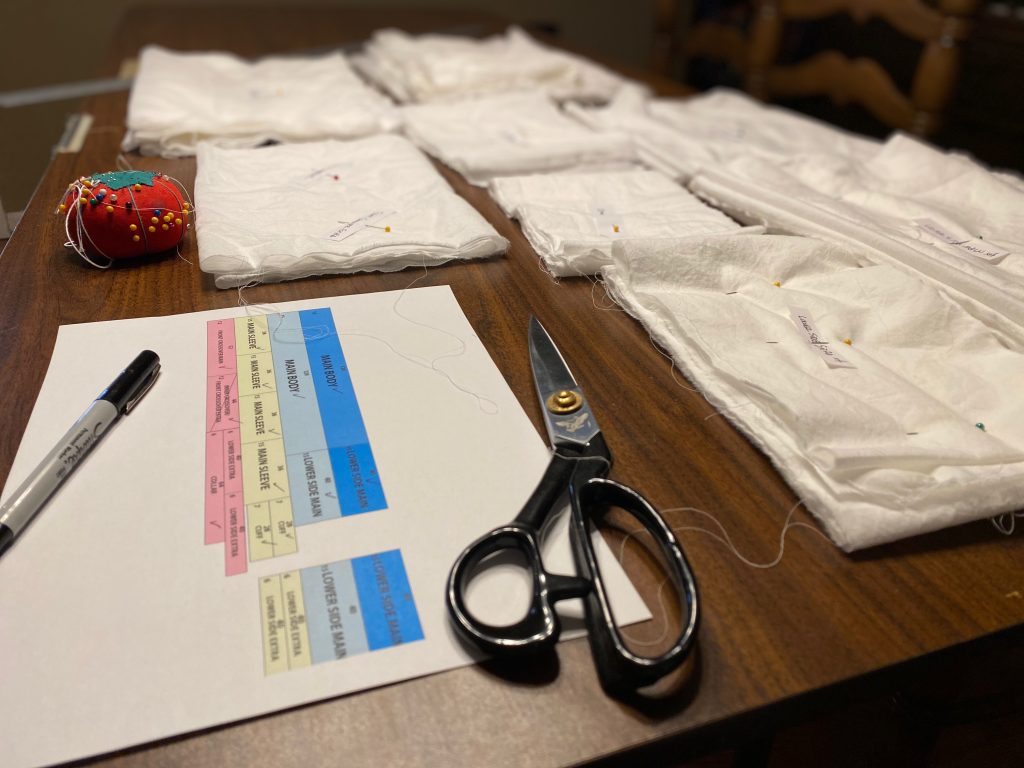

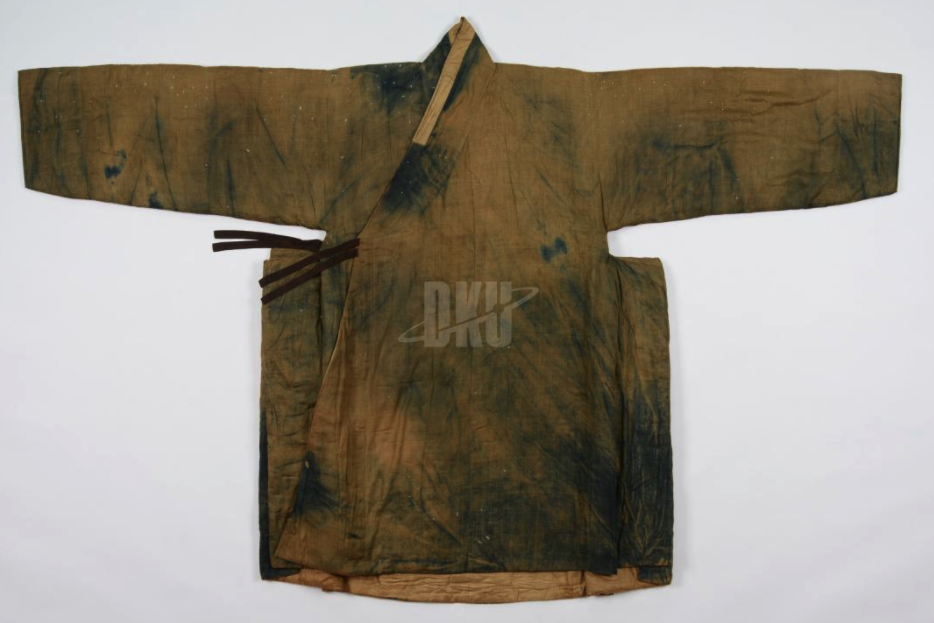
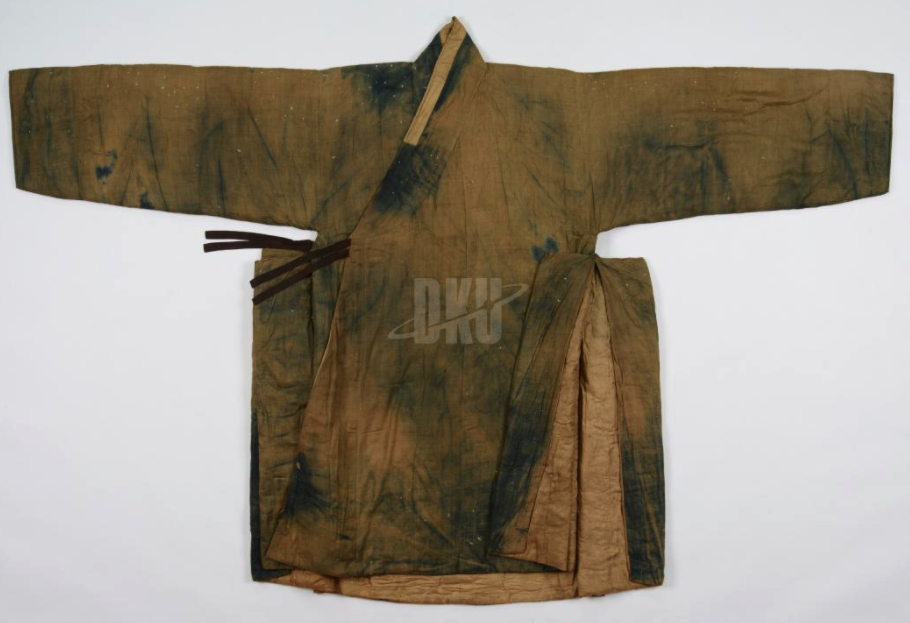
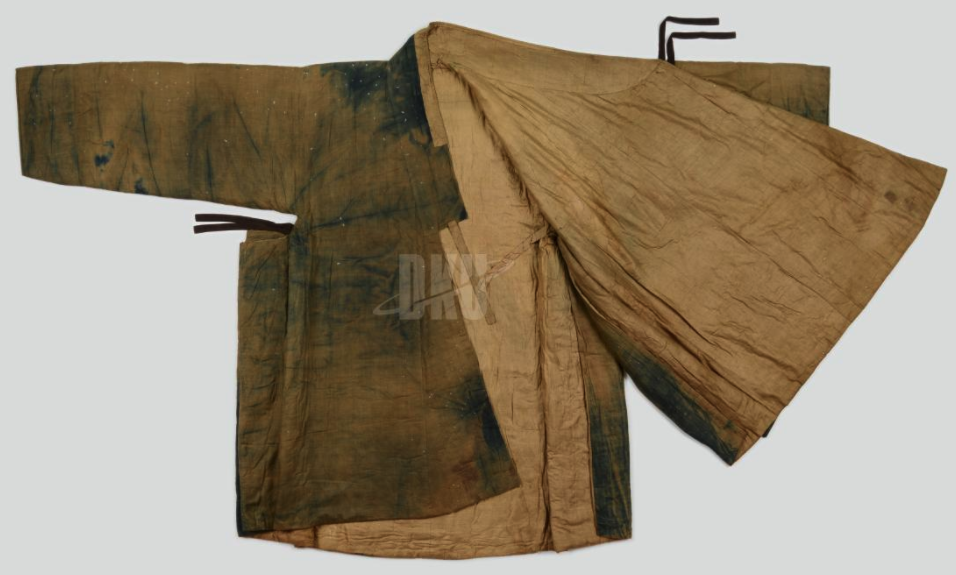
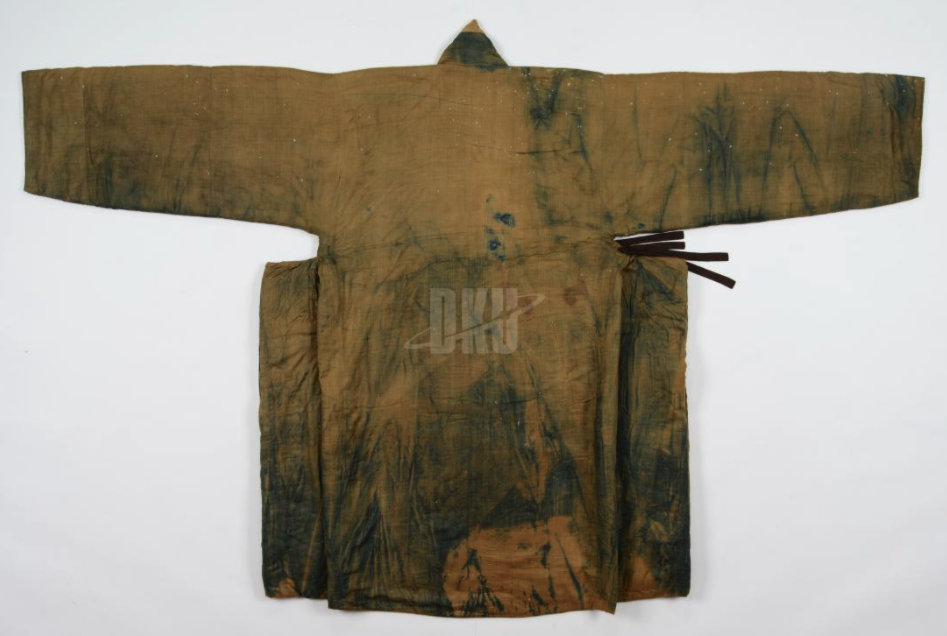
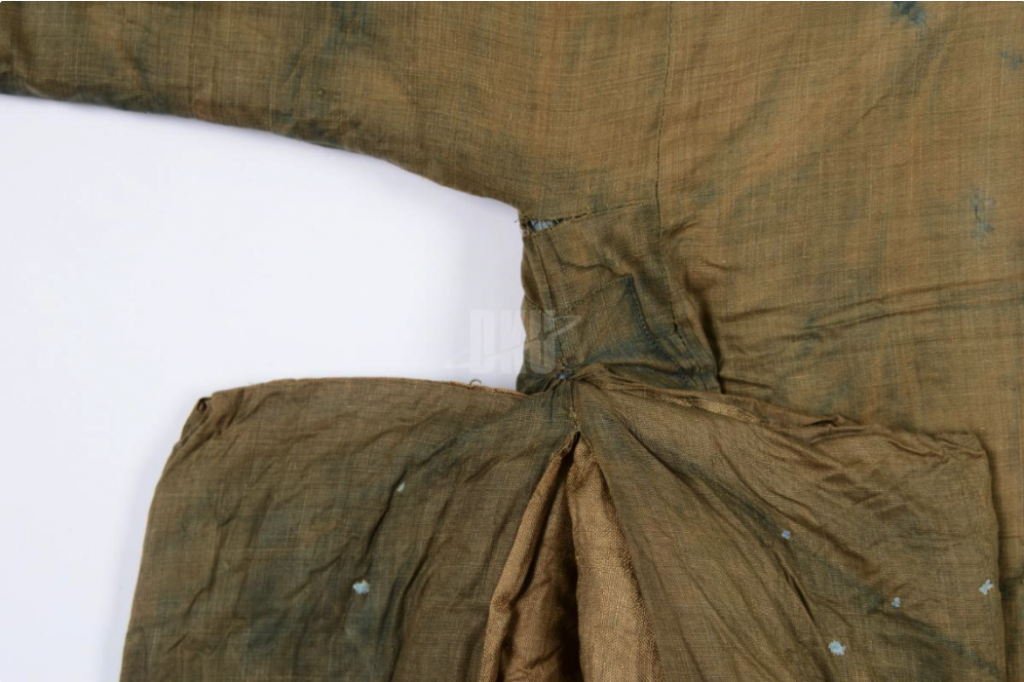
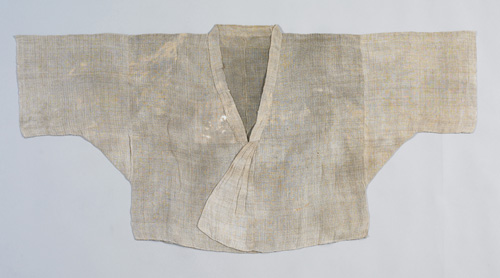
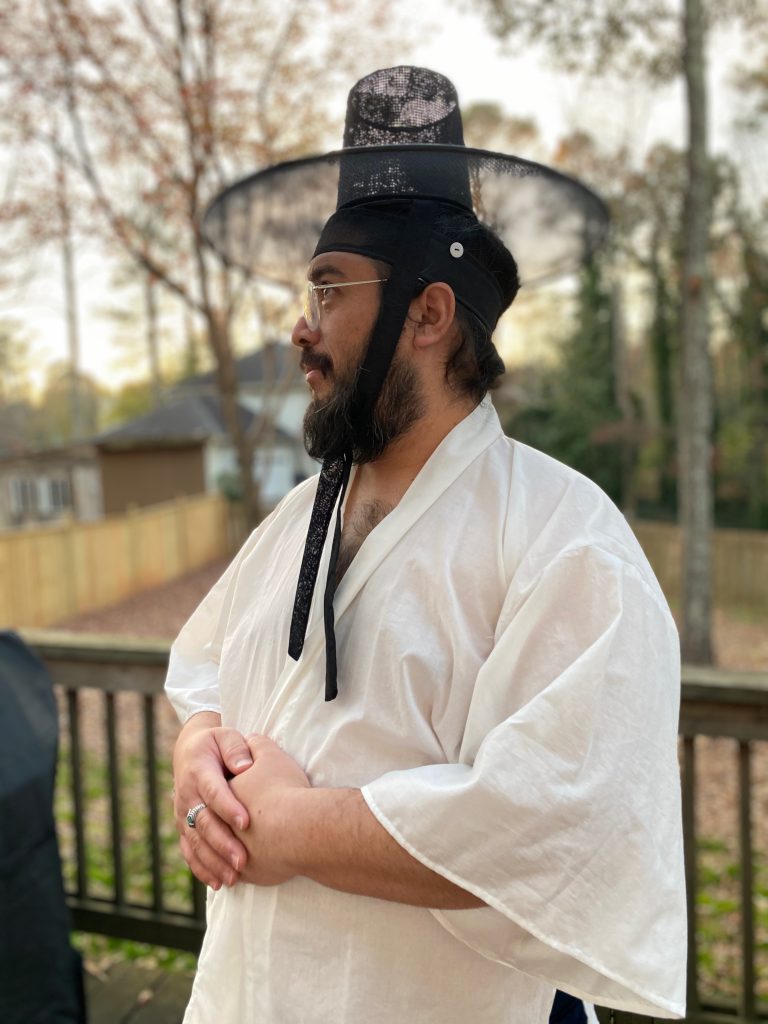
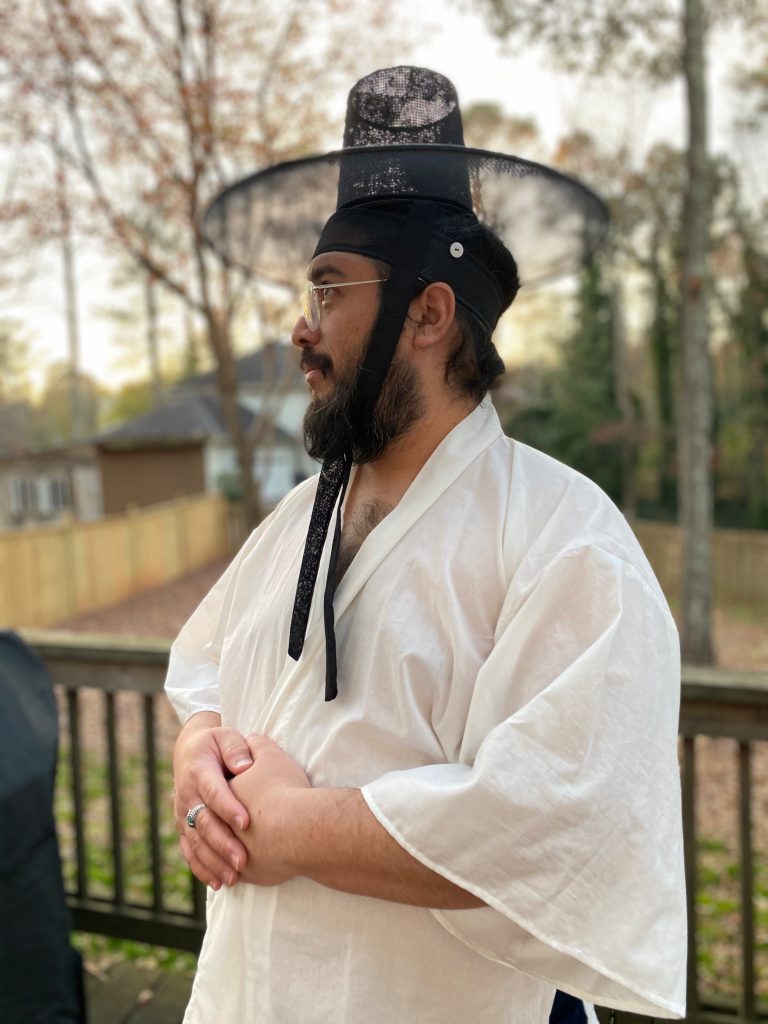
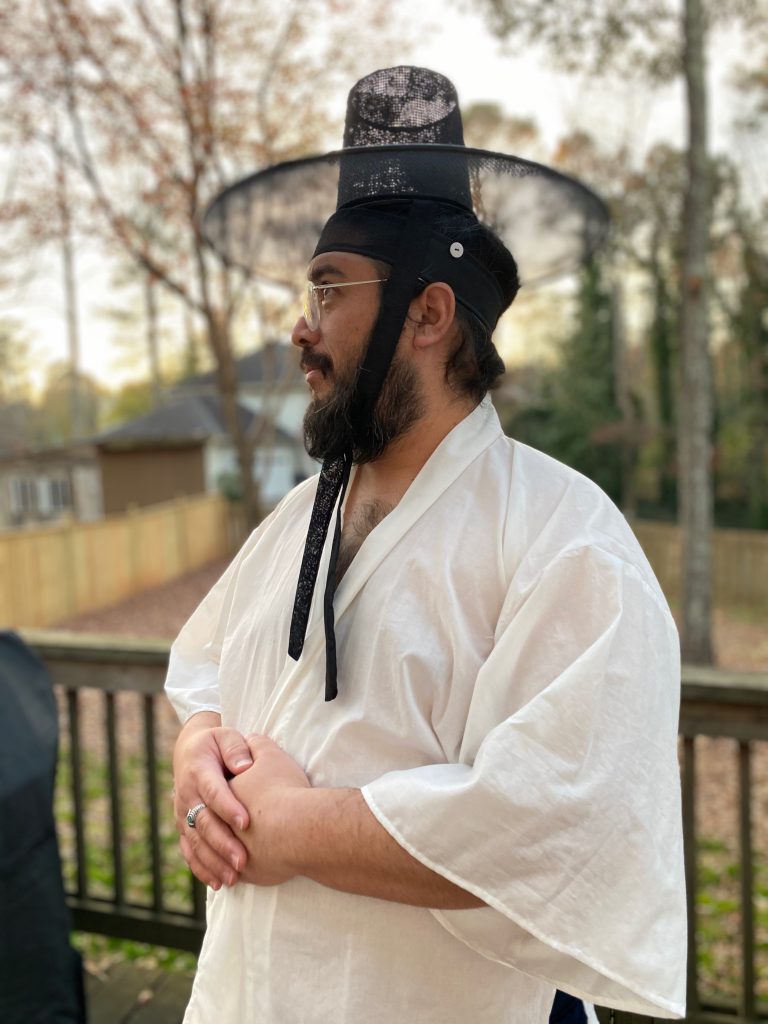
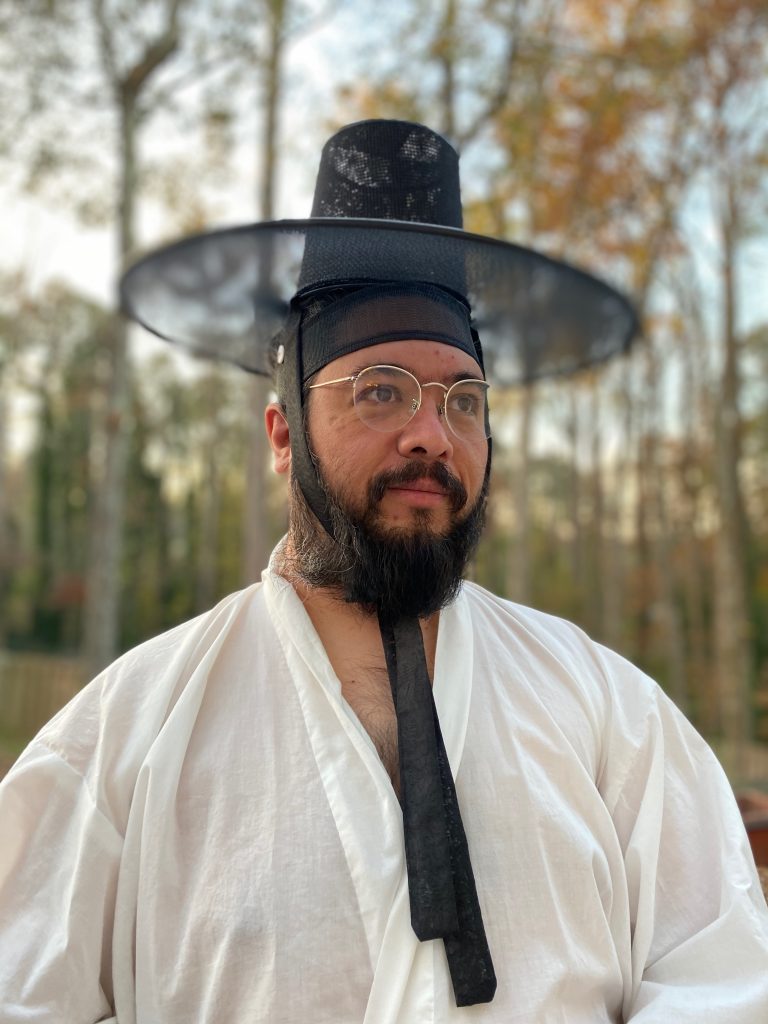

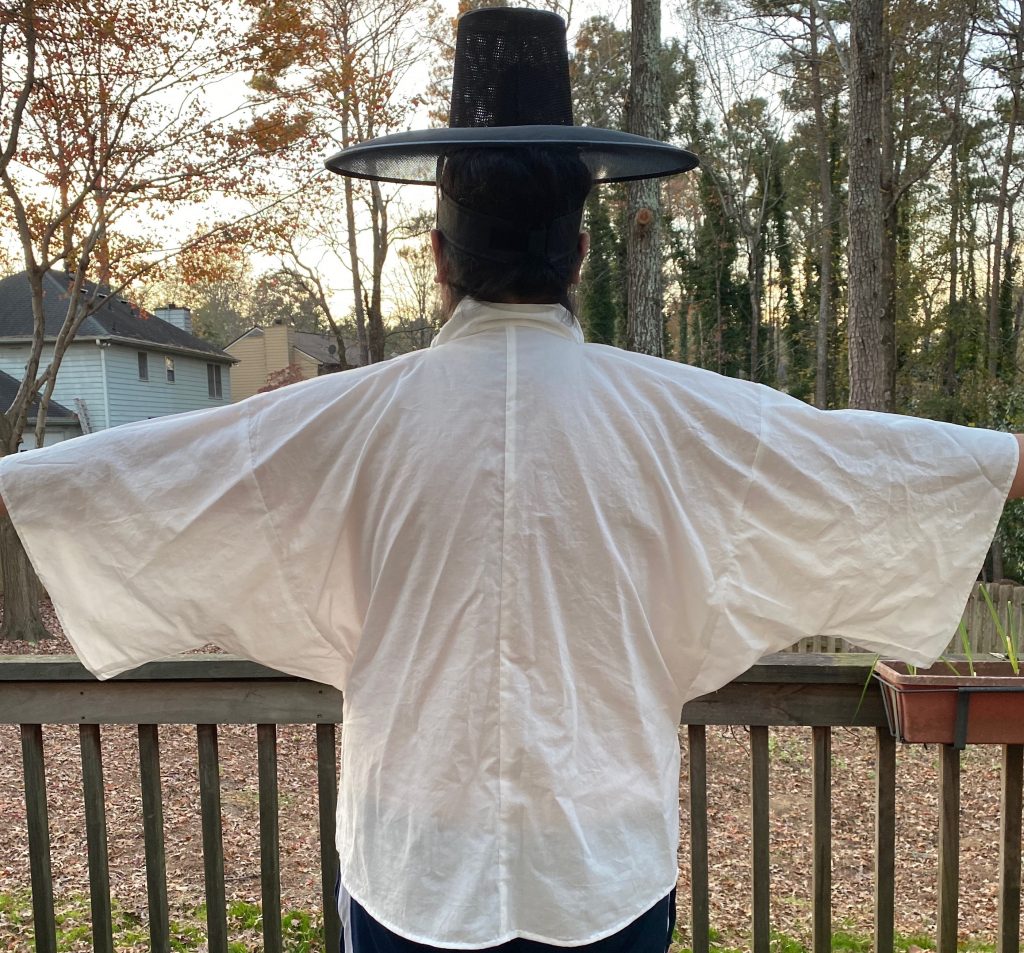
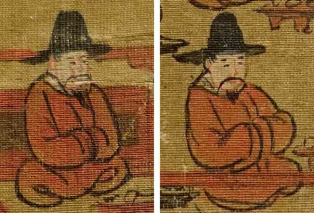
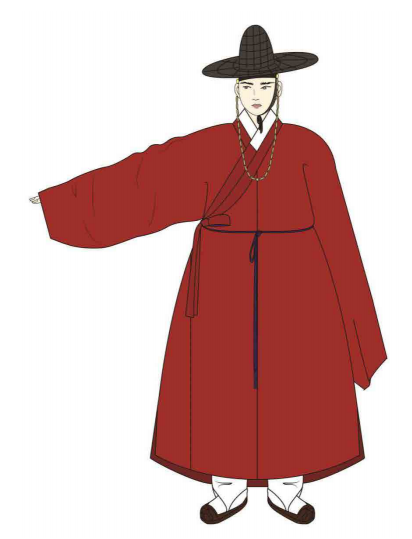

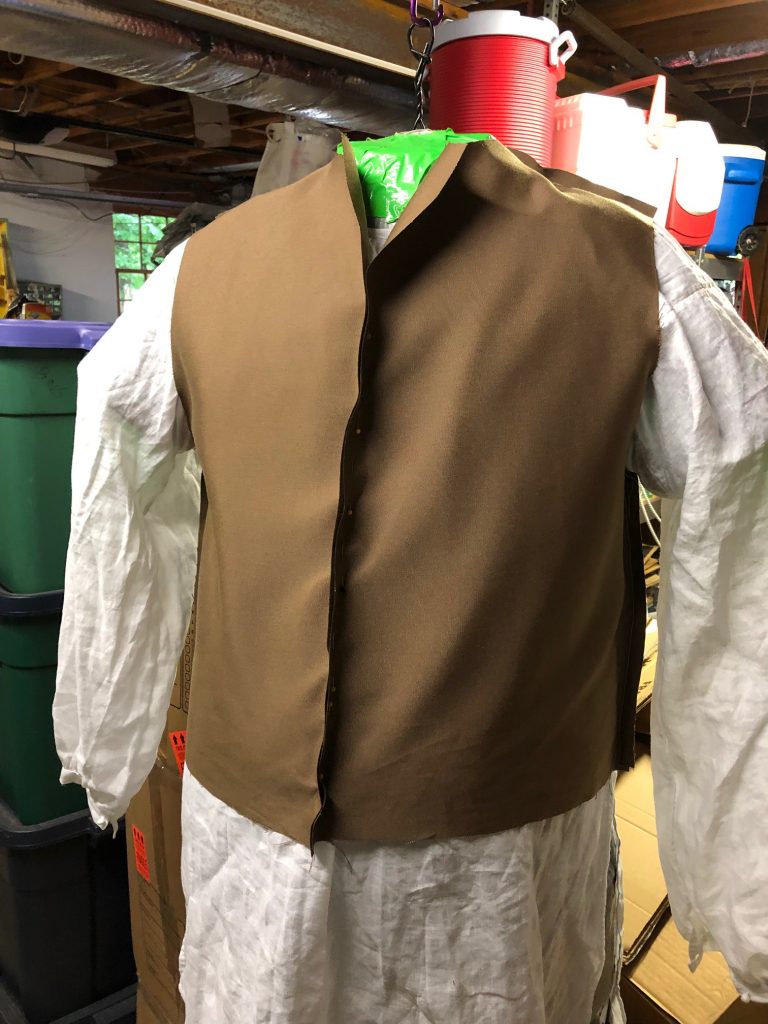
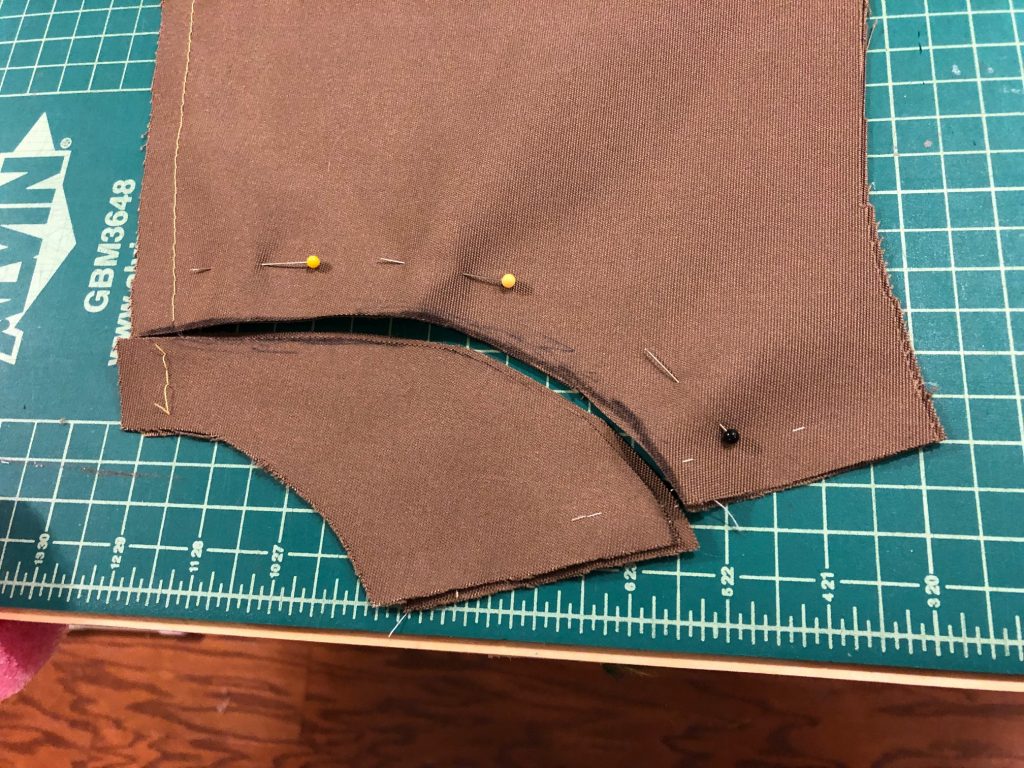

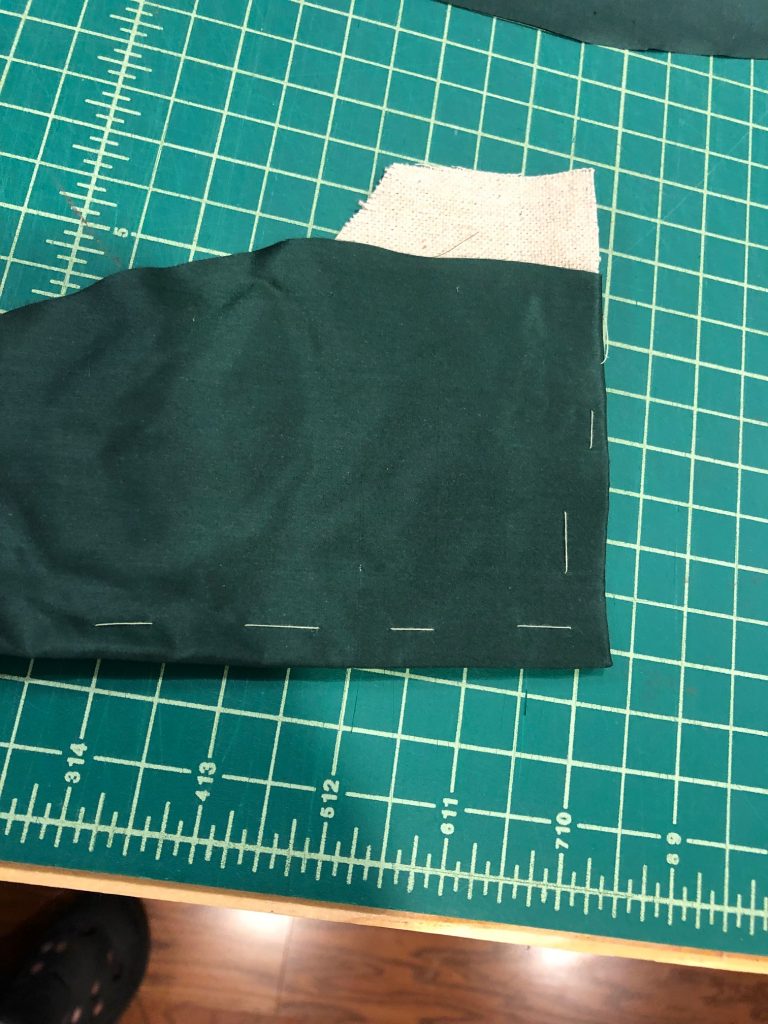
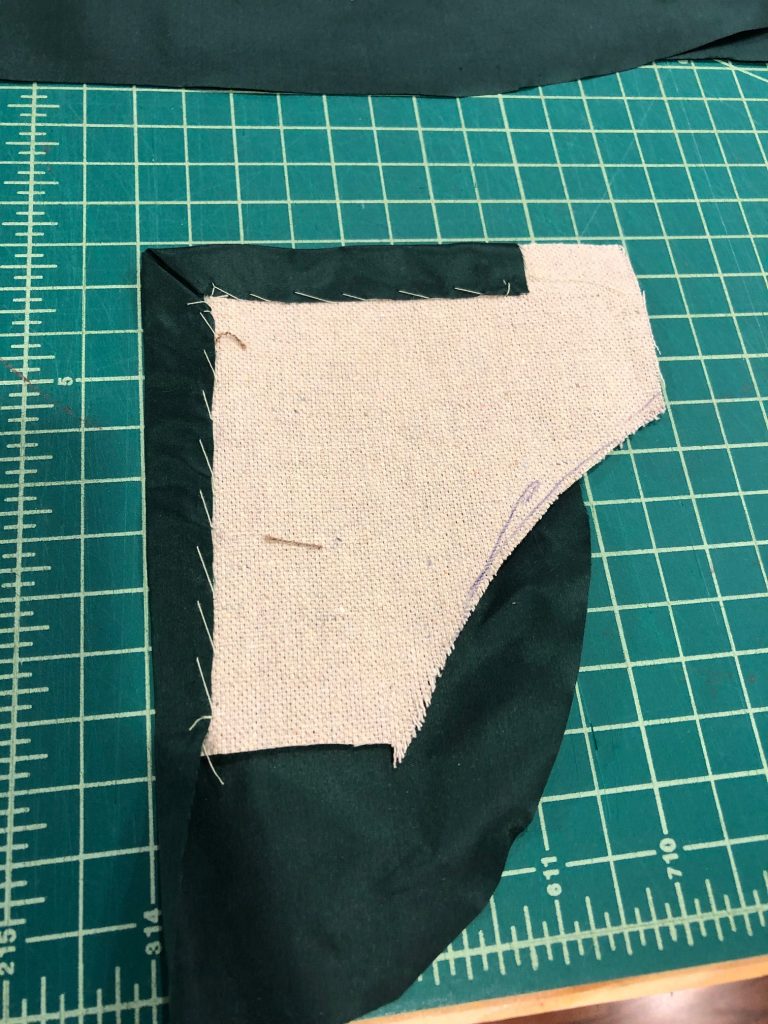
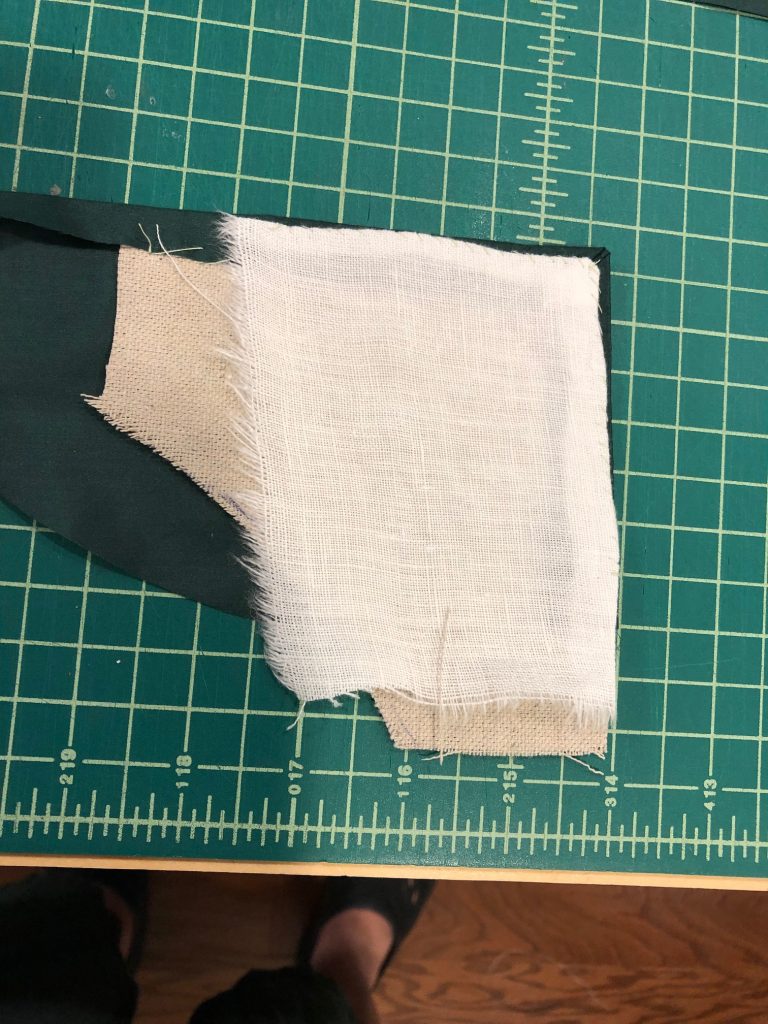
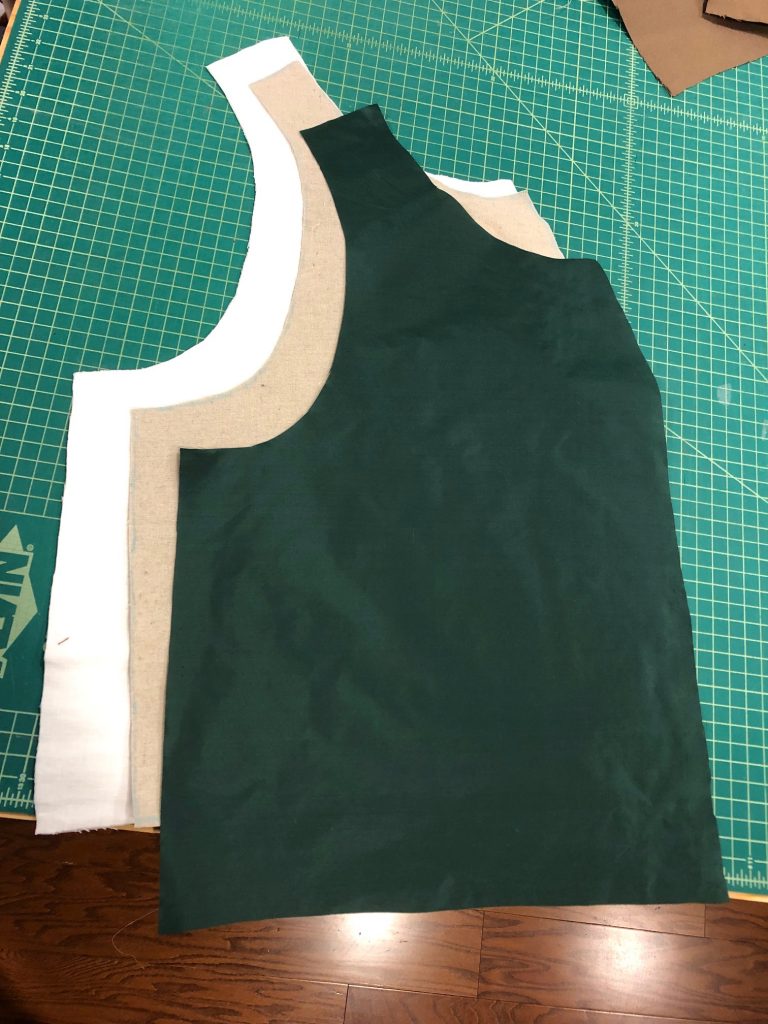
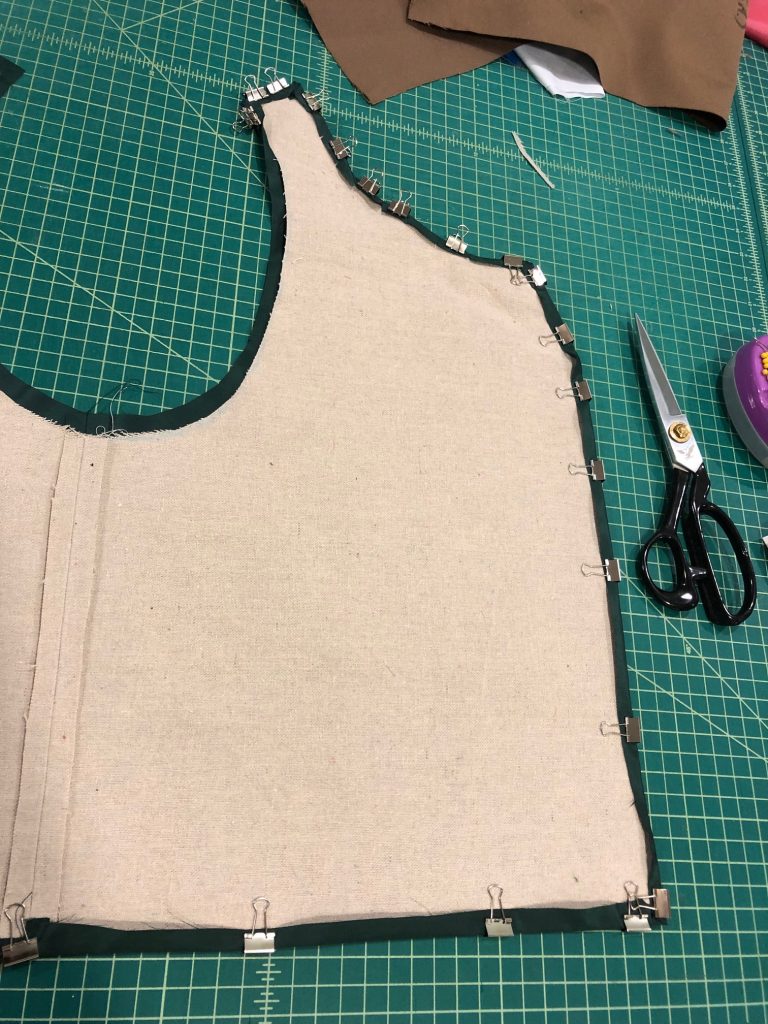
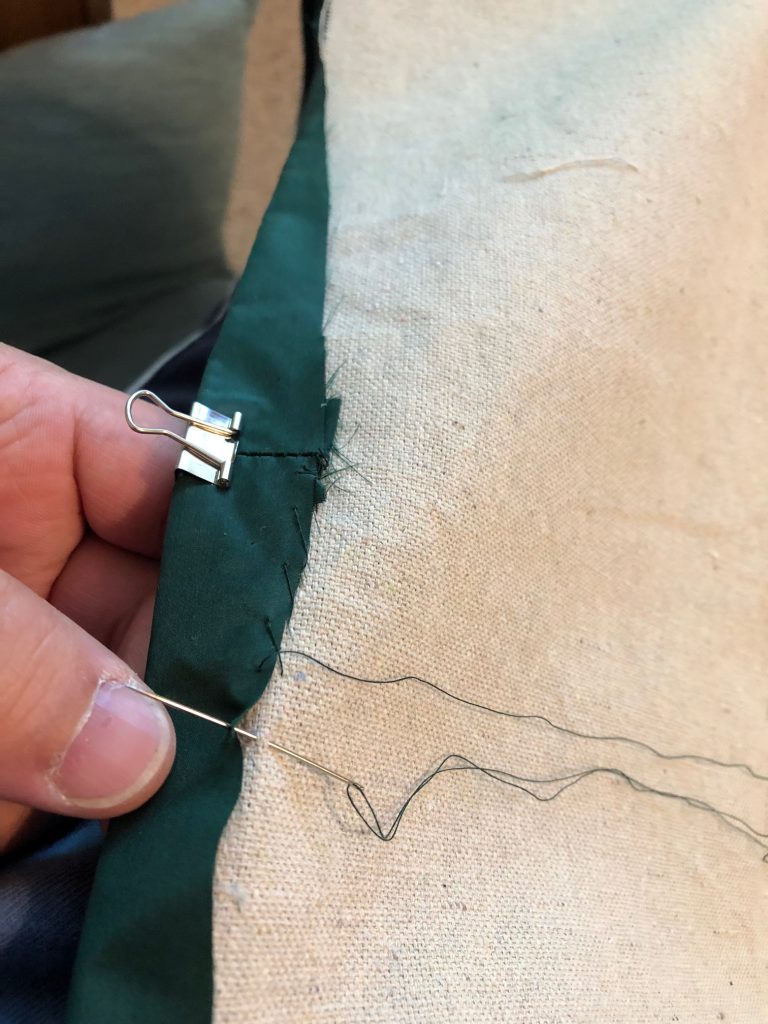
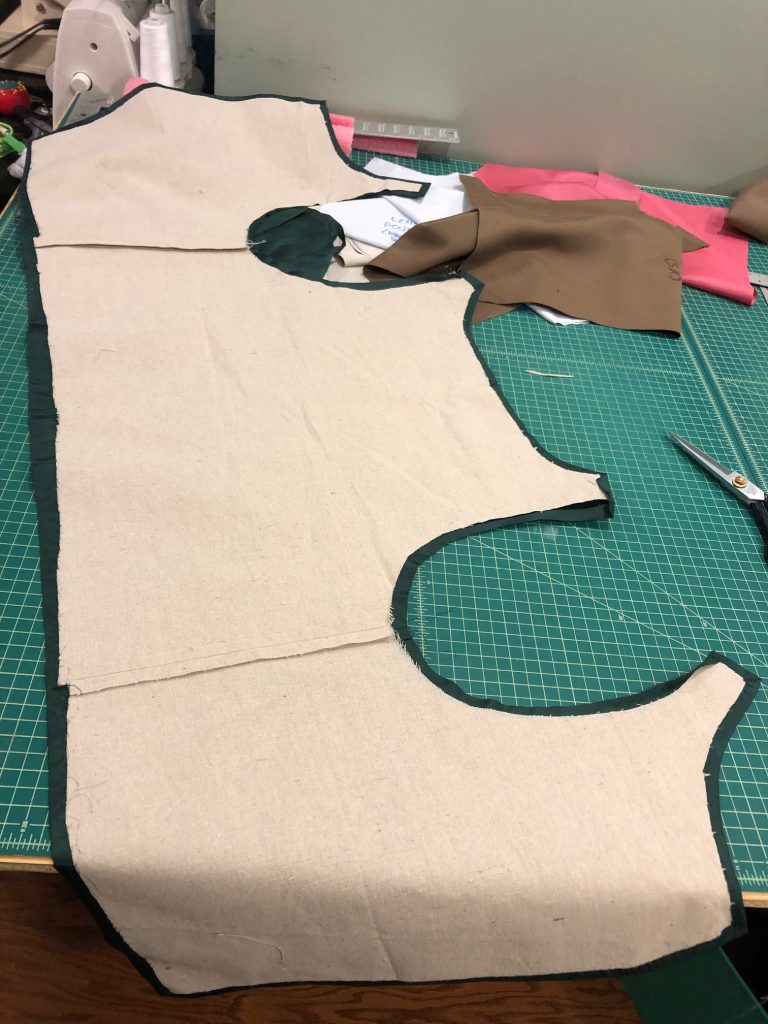
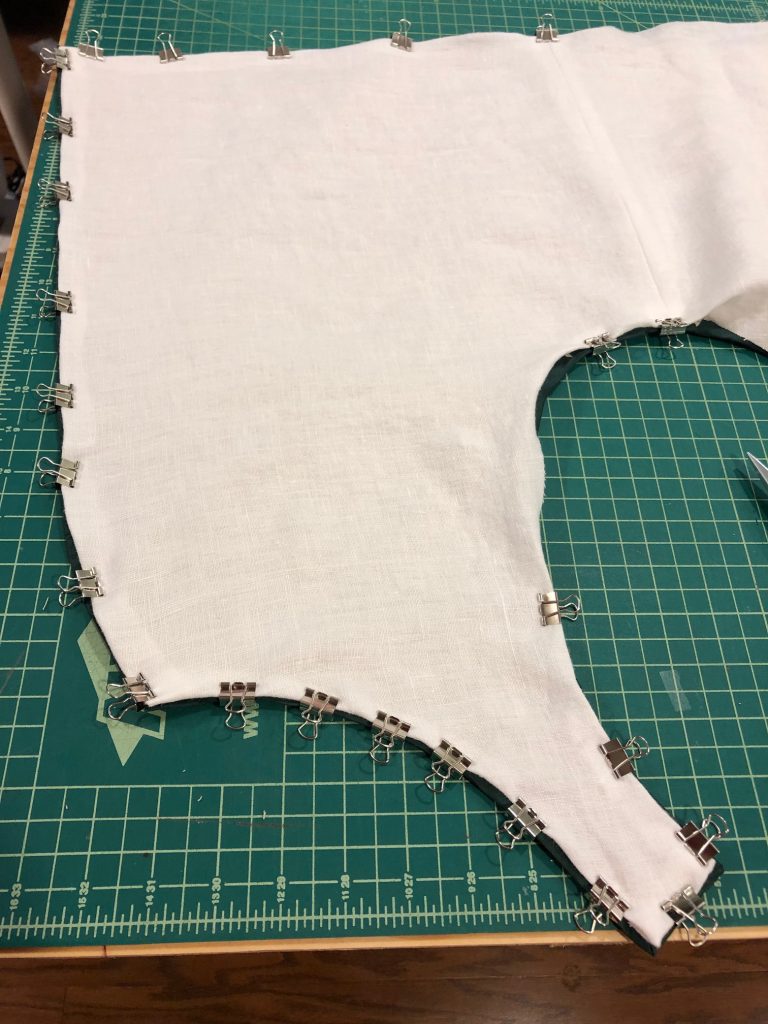
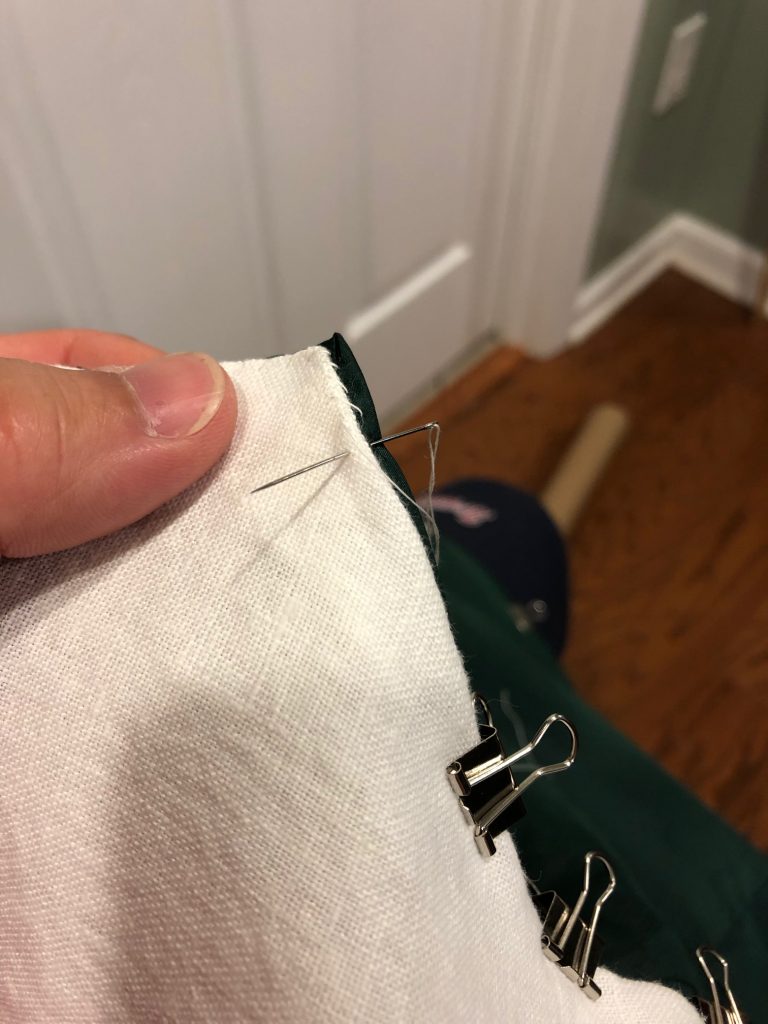
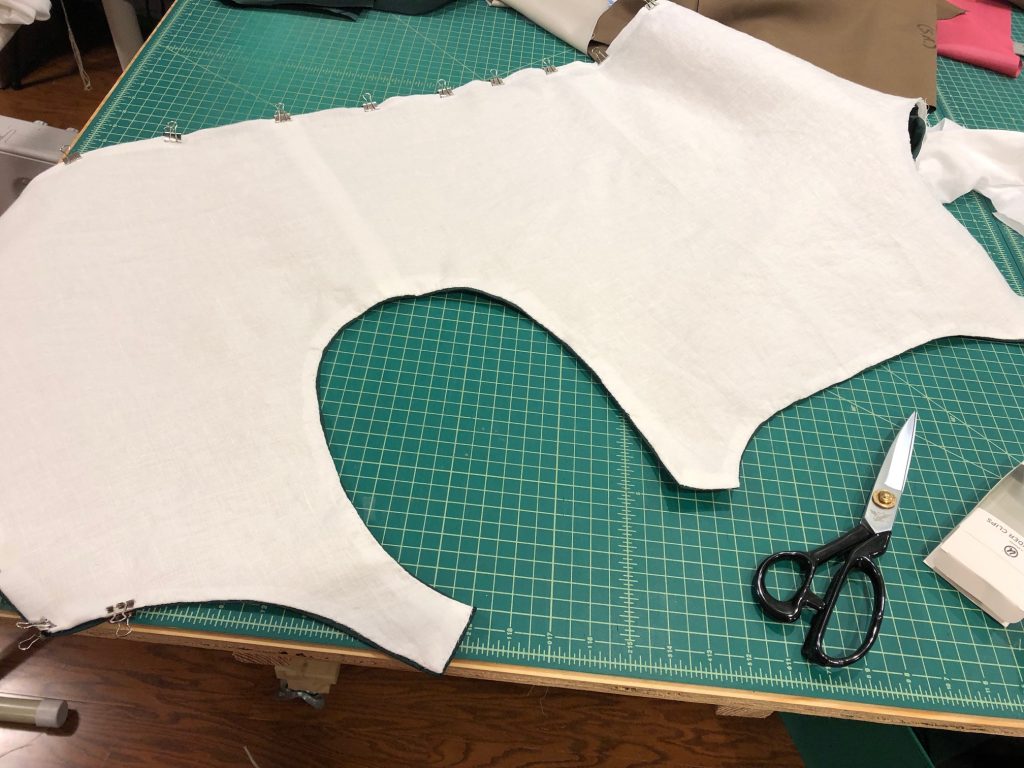
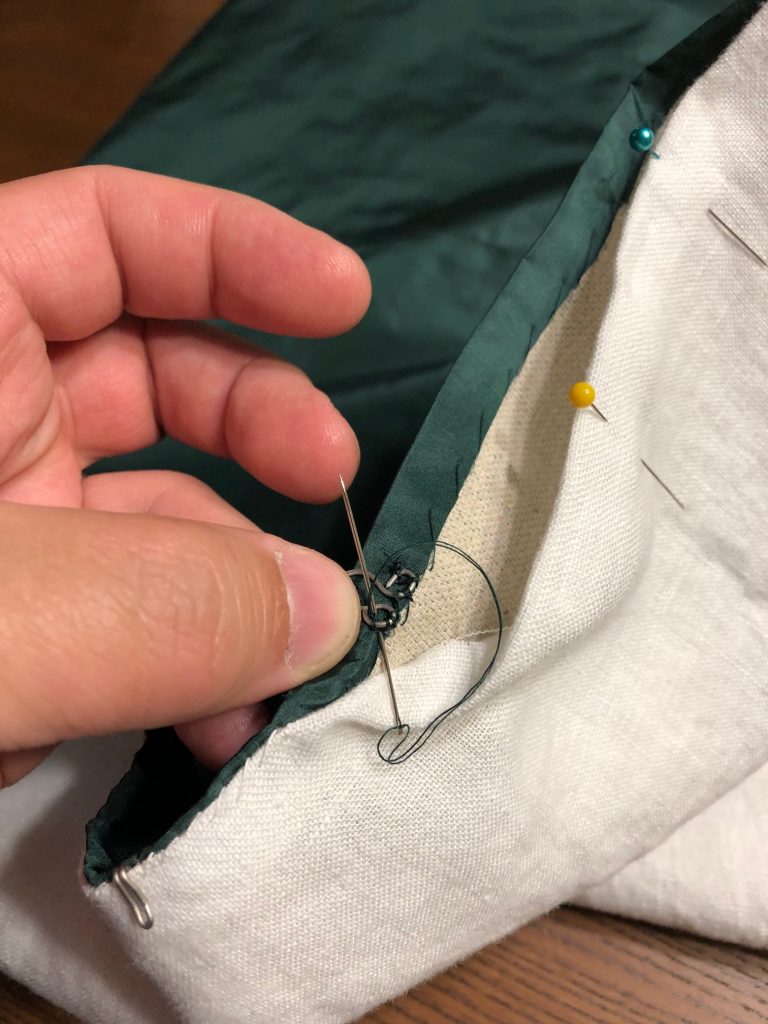
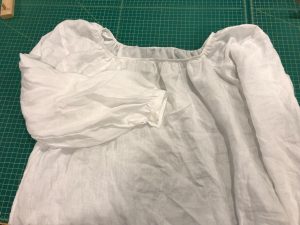
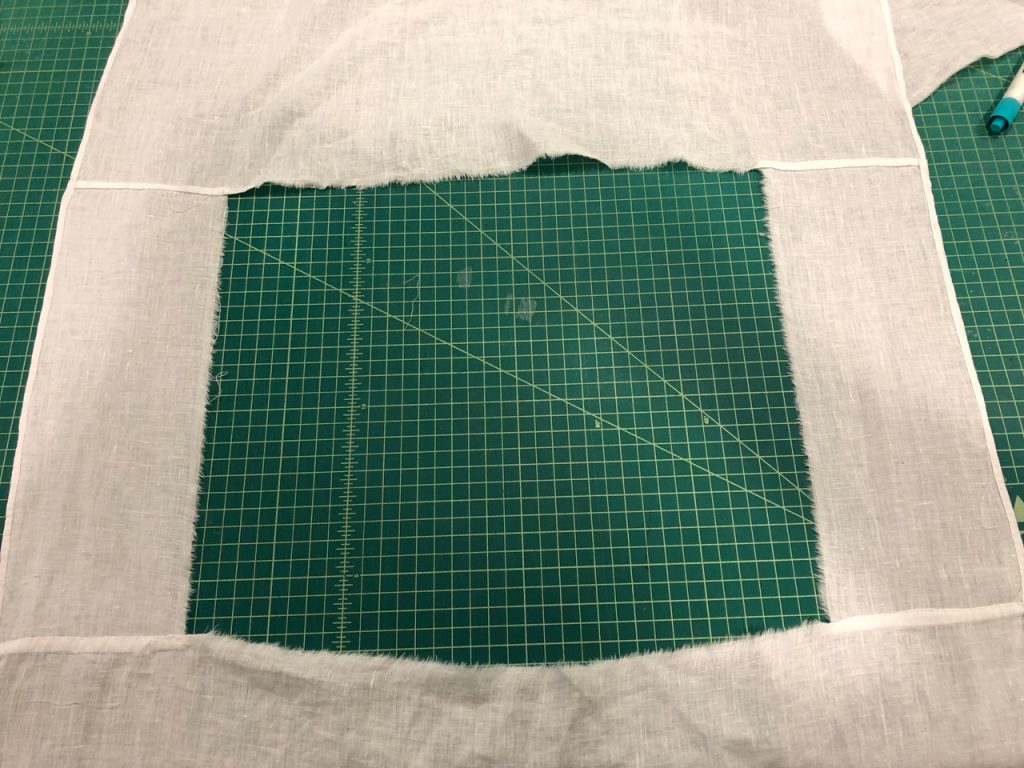
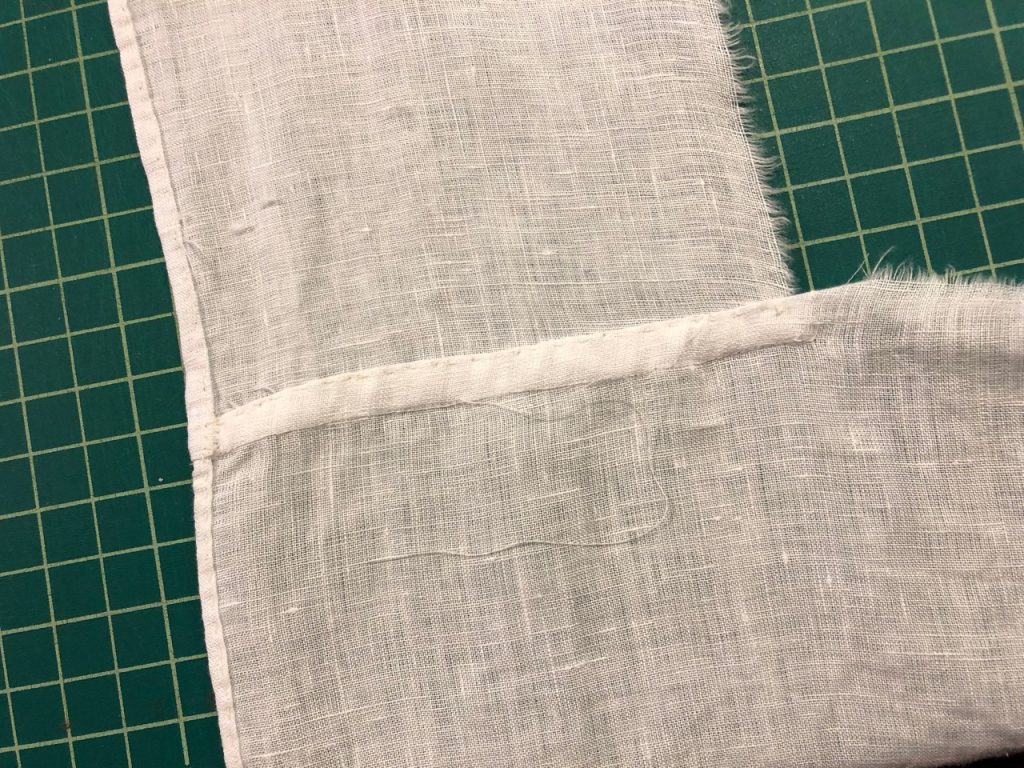
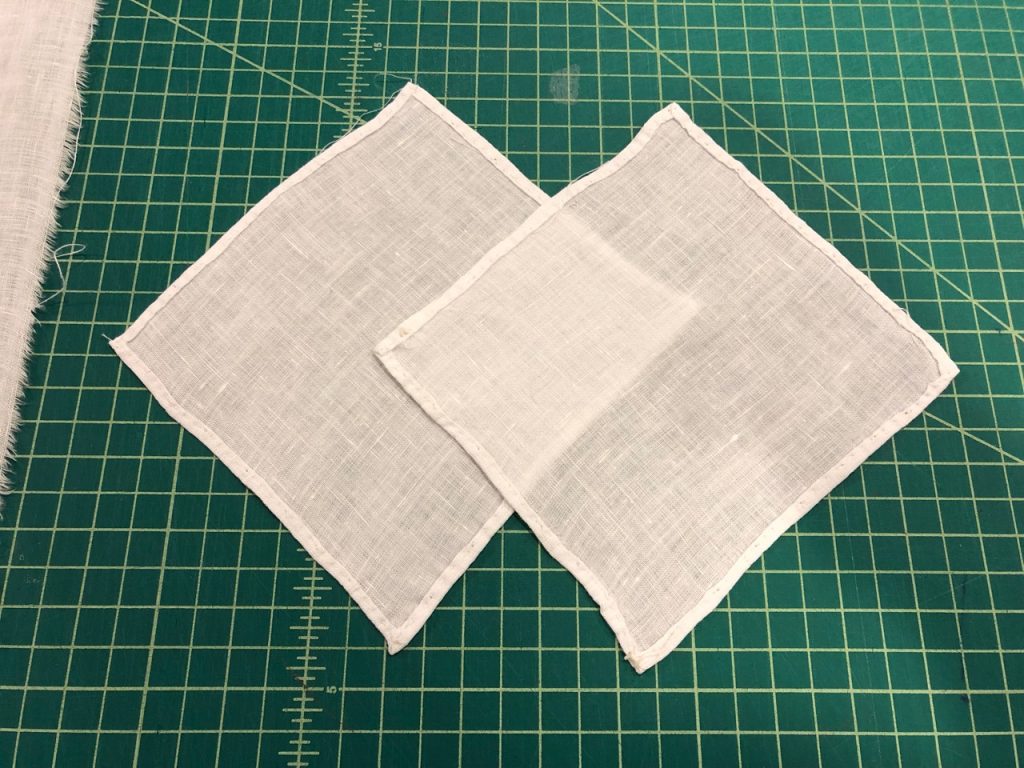
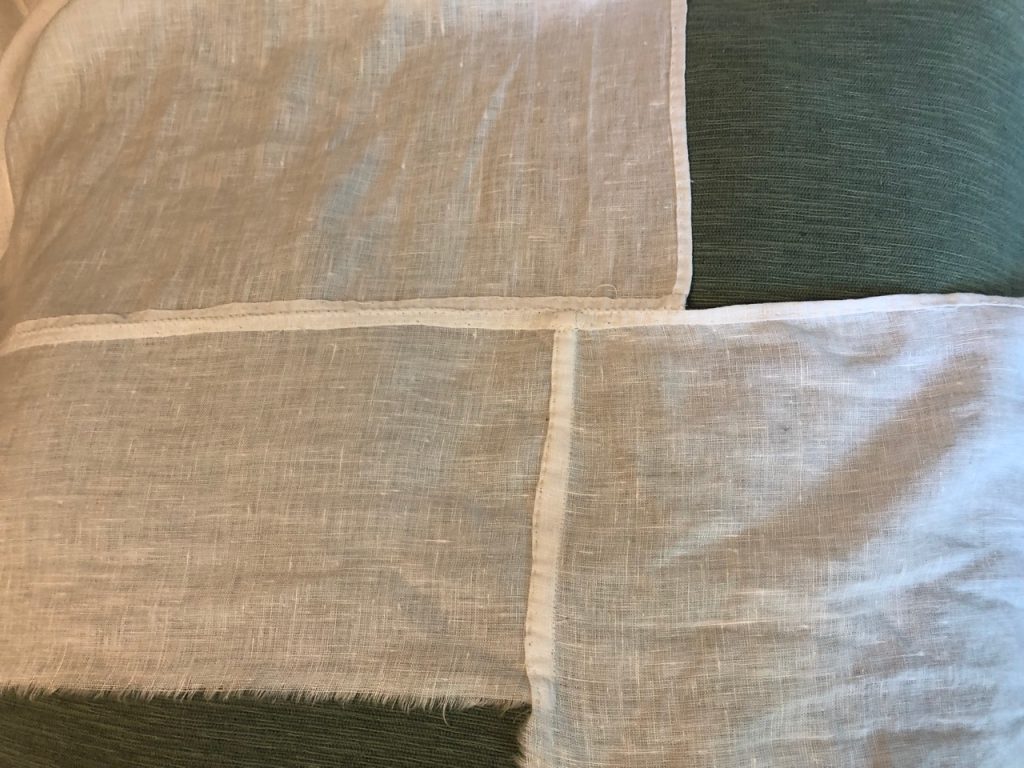
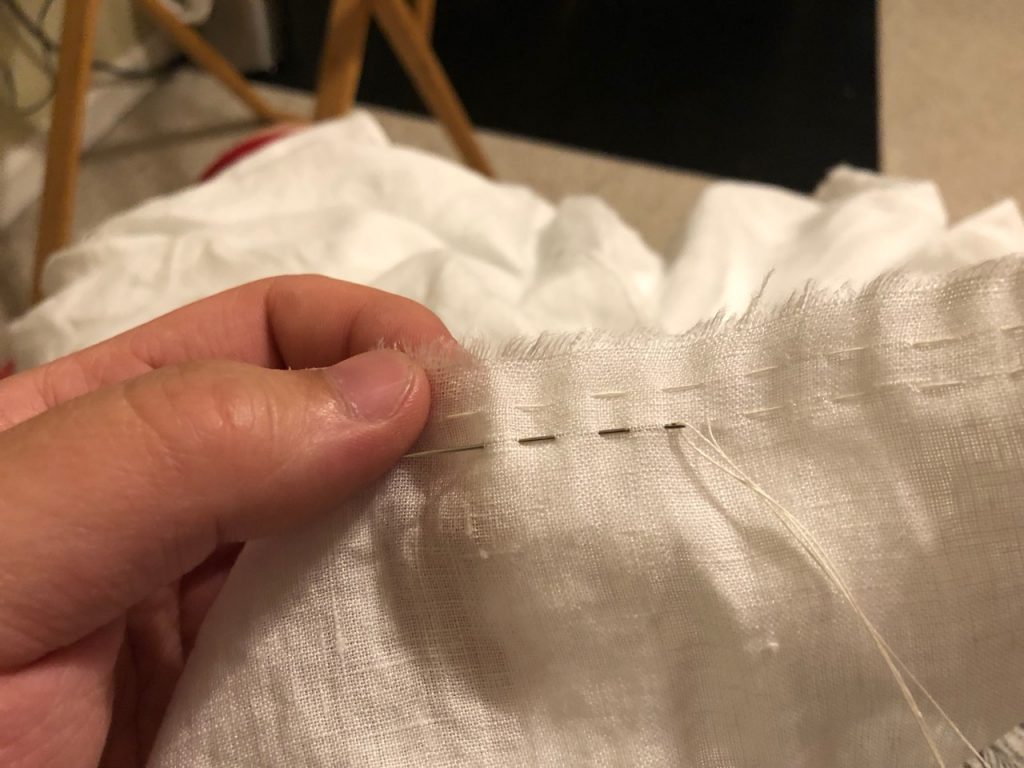
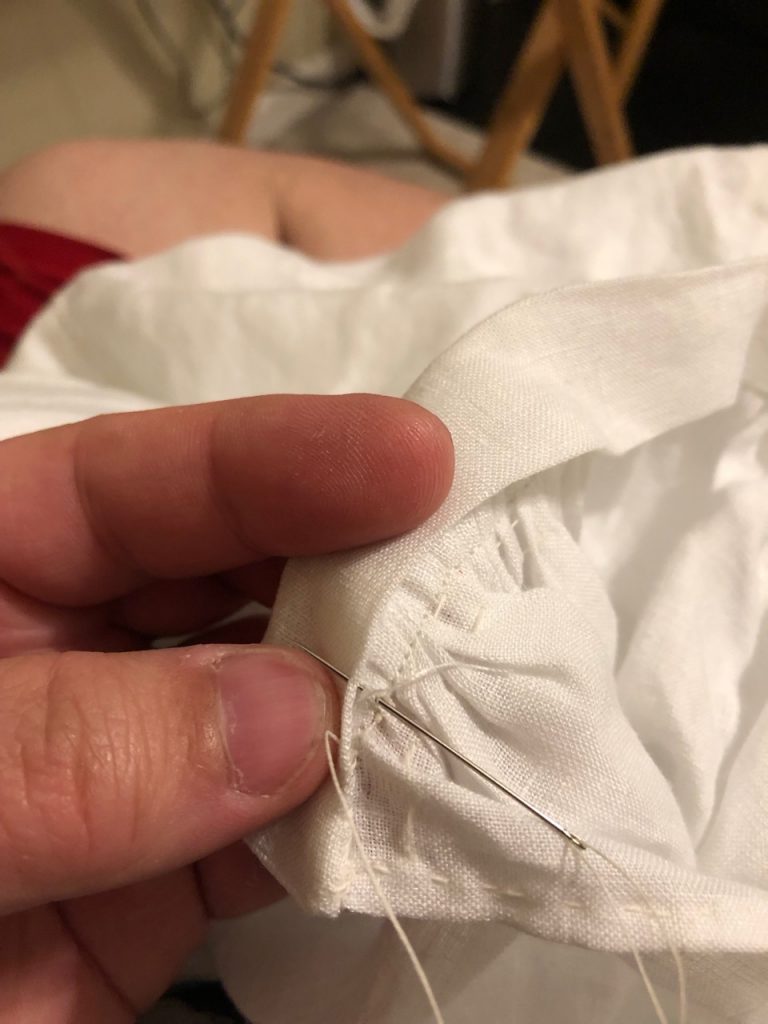
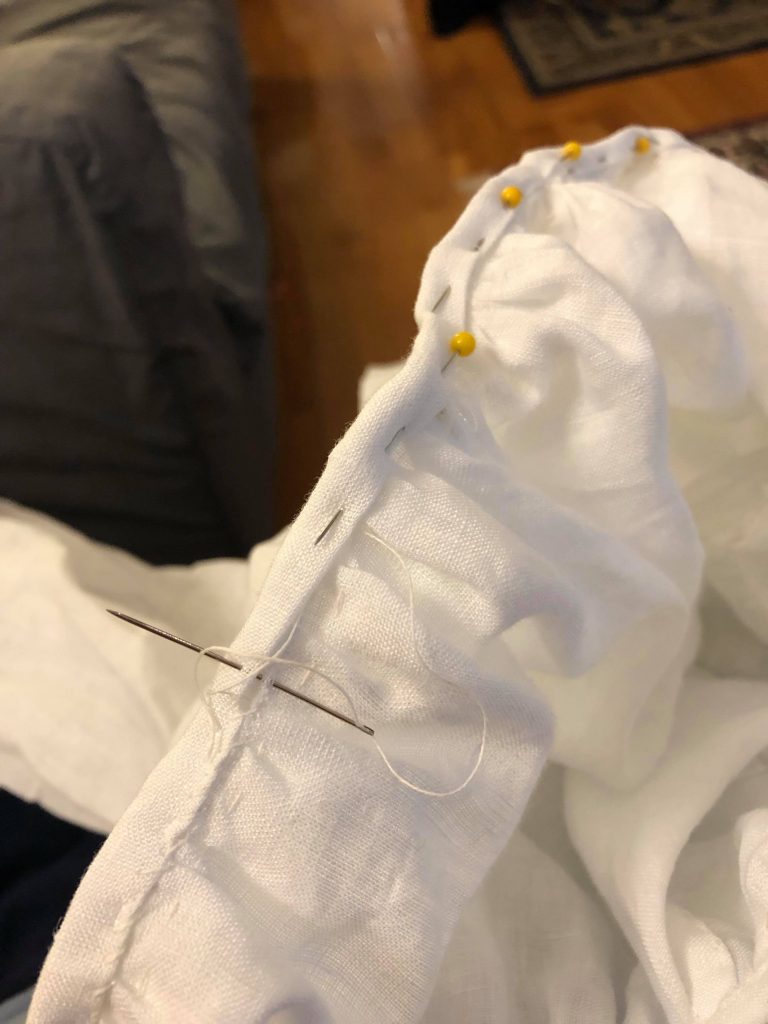
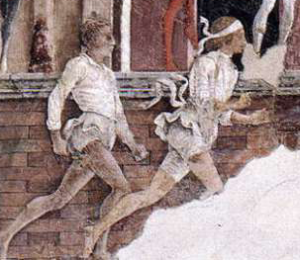
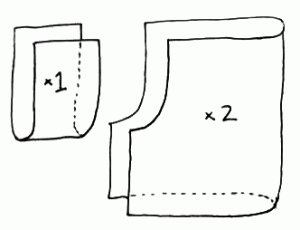 I have used several different patterns for these over the years, but in this instance I chose to make two separate legs with a curved crotch seam and a rectangular panel between them. I added a casing and drawstring at the top.
I have used several different patterns for these over the years, but in this instance I chose to make two separate legs with a curved crotch seam and a rectangular panel between them. I added a casing and drawstring at the top.